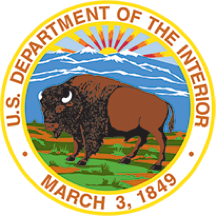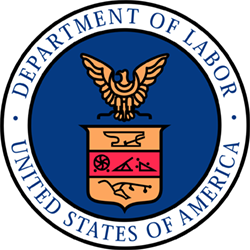Introducing the new USA.gov
We’re excited to share that the new USA.gov and USAGov en Español are live. However, we’re not finished. See what we’ll be working on in the future. — via USA.gov

The design of products, devices, services, or environments for people with disabilities
167 posts
We’re excited to share that the new USA.gov and USAGov en Español are live. However, we’re not finished. See what we’ll be working on in the future. — via USA.gov

In this blog post, we break down our process for redesigning a federal government website (onrr.gov) into six detailed sections. This blog serves as a helpful guide for other agencies looking to do a major website redesign. — via Office of Natural Resources Revenue

Strategies, examples, and lessons learned from coordinating with content owners to enhance plain language on onrr.gov. — via Office of Natural Resources Revenue

The USAGov team strives to ensure all our websites are accessible to as many people as possible. This includes those who need the use of specialized assistive technologies when browsing the internet. In building beta.USA.gov we deliberately validated that it met Section 508 and WCAG 2.0 compliance requirements. Our testing approach includes a three step hybrid method that may be suitable for other agency use. — via USA.gov

How do you make sure a website is accessible? This blog post outlines the four steps the Office of Natural Resources Revenue (ONRR - pronounced like "honor") at the U.S. Department of the Interior took to verify accessibility. — via Office of Natural Resources Revenue

The digital landscape has changed significantly since we launched the Go.USA.gov service in 2009. Over the last two years the team looked carefully at the program holistically, taking into consideration the future of the program, the current landscape related to using shortened URLs and alignment with strategic business goals. In early 2022 we made the difficult decision to initiate steps to sunset the service. — via USA.gov

Over 67 million people in the United States have a disability, constituting the largest diversity group in the country. Despite decades of advocacy and struggle, people with disabilities continue to experience significant gaps in health and well-being, educational attainment, employment, and wealth compared to people without disabilities. These gaps have been termed the “disability divide.” The purpose of this year’s National Disability Employment Awareness campaign at the National Institutes of Health is to educate staff regarding the divide and to celebrate those who help close the disability divide by advocating for people with disabilities. — via National Institutes of Health

Observed annually in October, NDEAM celebrates the contributions of America’s workers with disabilities past and present and showcases supportive, inclusive employment policies and practices. In recognition of the important role people with disabilities play in a diverse and inclusive American workforce, the theme for NDEAM 2022, Disability: Part of the Equity Equation. — via Department of Labor

Measuring and Justifying the Government Experience—Private sector organizations use revenue as the primary measurement to justify improving experiences. Many government services don’t have revenue as a lever, so how can we justify work to improve experience? The Office of Natural Resources Revenue (ONRR) leveraged a few metrics on their team that fall into three categories: laws and regulations, improving the experience for users, and saving time for employees. — via Office of Natural Resources Revenue

Digital.gov
An official website of the U.S. General Services Administration